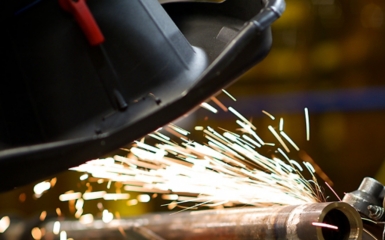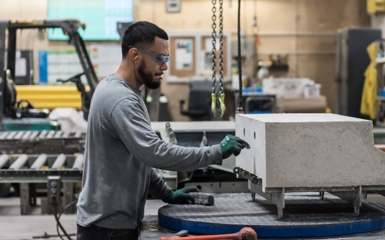Vapor control systems play a vital role in operations, ensuring the safe and efficient disposal of harmful vapors. To maintain the longevity and reliability of these systems, proper operation and regular maintenance are essential.
Visual Inspections
One of the simplest yet most effective ways to ensure your vapor control system’s longevity is through regular visual inspections. Daily or weekly checks can go a long way in identifying potential issues before they escalate. During these inspections, focus on the following aspects:
- Rust and Corrosion: Vapor control systems are often exposed to harsh environmental conditions. Rust can quickly develop on steel components, especially in humid environments. Keep an eye out for any signs of rust or corrosion and take immediate action to address them. Applying protective coatings can help prevent further damage.
- Paint Condition: Check for chipping or peeling paint on the system components. A deteriorating paint job can make the system more susceptible to corrosion. Repainting affected areas can extend the life of your equipment.
Maintenance of Detonation Arresters and Burners
Detonation arresters and burners are critical components of a vapor control system. Over time, they can become clogged or obstructed by debris, reducing their effectiveness. To ensure proper functioning and longevity, follow these recommendations:
- Annual Cleaning: Consider an annual cleaning routine for detonation arresters and burners. Technicians can inspect and clean these components to remove any obstructions that may compromise system performance. This proactive approach helps maintain consistent pressure levels and ensures the system operates efficiently.
- Flashlight Test: Periodically shine a flashlight through the burners to check for blockages. Even in relatively clean environments, debris can accumulate within the burners. Clearing any blockages promptly can prevent potential issues down the line.
Monitoring and Error Code Interpretation
Your vapor control system may generate error codes or alarms that can provide valuable insights into its condition. While not all errors halt functionality, they often serve as early warning signs of potential issues. Here’s what you can do:
- Error Code Analysis: Pay attention to error codes and alarms generated by the system. These codes can help technicians diagnose problems and perform necessary maintenance. Regularly review error logs and investigate any changes or trends in error codes to identify maintenance needs.
- Parameter Checks: Ensure that the system’s operating parameters, such as temperature, pressure, and flow rates, remain within specified ranges. Deviations from these set points can indicate underlying issues that require attention.
Conclusion
A well-maintained vapor control system is crucial for the safe and efficient operation of oil and gas facilities. By implementing these tips based on insights from industry experts, you can extend the lifespan of your vapor control system and minimize downtime.
Learn more about our vapor combustion systems and our service offerings.



